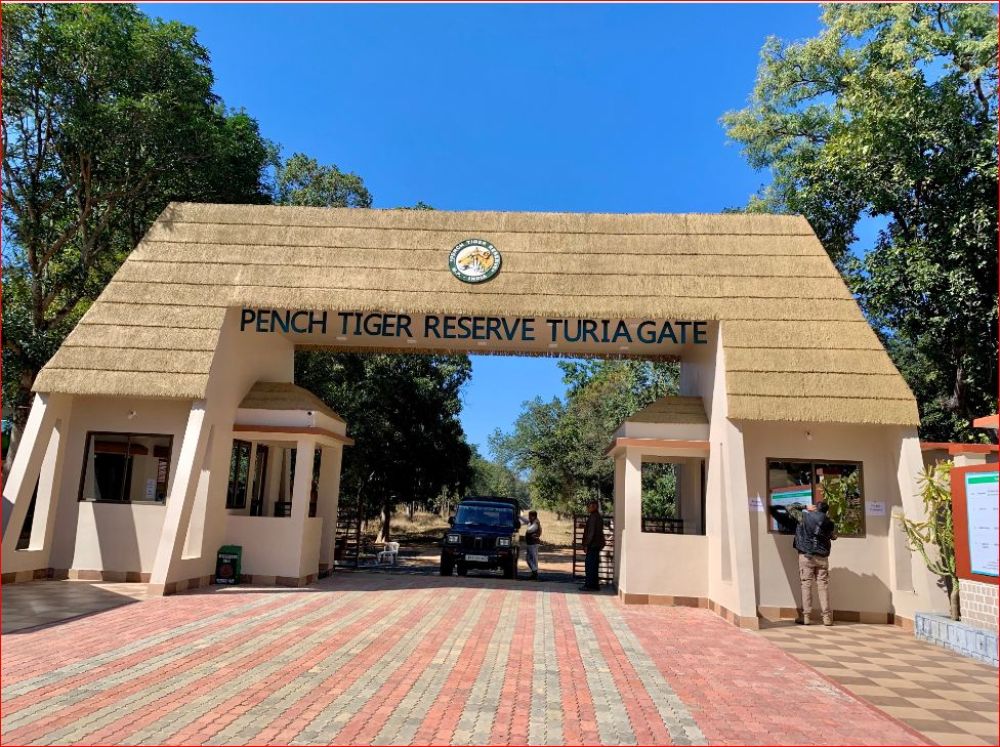

Pench National Park, situated in the heart of India, Madhya Pradesh, is a rich tapestry of wildlife and natural beauty. Home to a plethora of animal species, including the majestic Bengal tiger, Pench has long been a beacon for nature enthusiasts and wildlife photographers alike. Of its several gateways, the Turia Gate is the most prominent entry point, offering access to the park's biodiverse treasures.
The history of tourism at Pench National Park, with Turia Gate as its principle entrance, began to take shape officially in 1975 when it was declared a sanctuary. However, it wasn't until 1983 that it gained the status of a national park. In 1992, Pench was included in the Project Tiger network to bolster the conservation efforts for the endangered Bengal tiger, further cementing its status as a pivotal wildlife destination.
Tourism in Pench started to flourish in the early 1990s. The allure of the park increased with its inclusion in Project Tiger and its recognition as an important ecotourism destination. The infrastructure around Turia Gate developed steadily with the construction of lodges, resorts, and essential services to cater to the inflow of visitors.
Initially, the visitors were predominantly domestic, but as Pench's reputation grew, propelled by the famous Jungle Book stories believed to be inspired by this very landscape, an increasing number of international tourists began to flock to the park, eager to witness its enchanting wilderness.
Turia Gate stands as the primary threshold into the enthralling forests of Pench. Its prominence is not just because of its location but also due to the high probability of tiger sightings in the zones accessible from here. Consequently, Turia Gate has become the most preferred point of entry for visitors, which has greatly influenced the pattern of tourism in the area.
In recent years, there has been a significant shift towards eco-friendly tourism practices. Resorts and safari operators in the vicinity of Turia Gate are increasingly adopting sustainable models that minimize environmental impact and contribute to conservation initiatives. Features such as eco-friendly accommodations, the use of electric safari vehicles, and guided nature walks all signify this positive trend.
Another modern trend is the growing popularity of wildlife photography tours. Pench, and particularly the zones around Turia Gate, host a myriad of such specialized tours, attracting amateur and professional photographers eager to capture the magnificent wildlife and landscape.
The challenges in managing the delicate balance between tourism and conservation are ever-present. Capacity management, especially in peak tourist seasons, is critical at Turia Gate to ensure the park remains a safe haven for its wildlife. Looking to the future, authorities are focusing on sustainable tourism models that support both conservation goals and the local economy, promoting community involvement and minimizing ecological impact.
With continuous conservation efforts and responsible tourism practices, Turia Gate is set to remain a beacon of natural heritage, offering visitors a glimpse into the wild heart of India for generations to come.